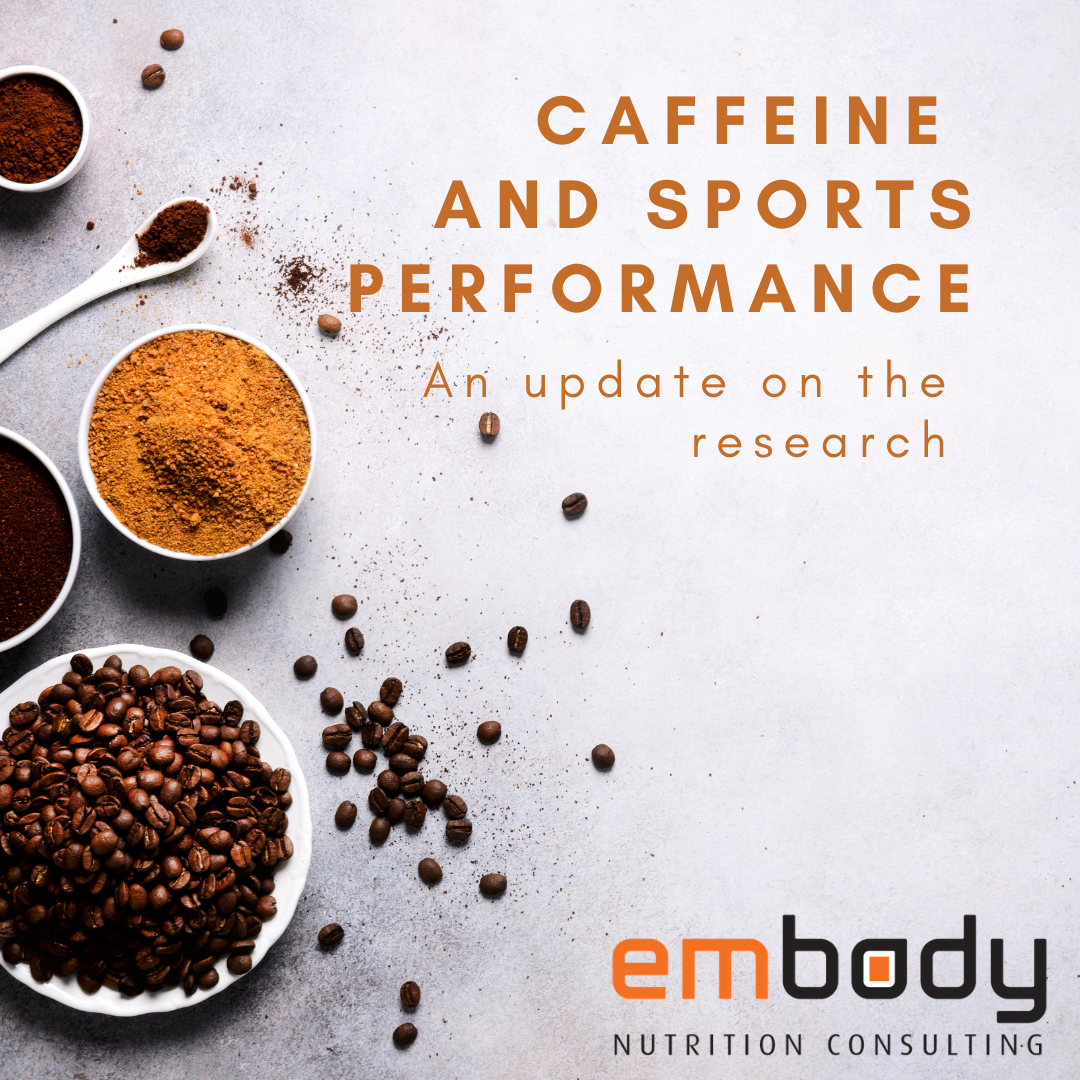Caffeine is one of the world’s most commonly used natural stimulants with 90% of adults within western countries reporting they consume caffeine on a regular basis. Caffeine is found in foods such as coffee, tea, cocoa, caffeinated energy drinks, pre-workout supplements, chewing gum, energy gels and chews and other food products.
Caffeine is widely used in the sporting arena to increase performance and its effects have been extensively researched. Below we discuss the benefits of caffeine use within different sporting and exercise settings and provide a guide on the amount of caffeine required to experience increases in performance.
Caffeine Effects on Aerobic Exercise and Endurance Sports
Caffeine consumption has been shown to have a number of benefits on sporting outcomes however the type of sport and the length of events has been recognised to play a large role in its effectiveness.
Events which are of a longer duration and require endurance consistently display large-moderate benefits from caffeine use. Within these aerobic events, consuming 3-6mg/kg of body mass of caffeine has been shown to consistently increase endurance by 2-4%.
Examples of sports where these results have been recorded include cycling, running, cross country skiing and swimming. However, benefits experienced between individuals does vary with tolerance to caffeine, heat and altitude all affecting how caffeine absorption and use within the body will occur.
Caffeine Effects on Anaerobic Exercise and Strength and Power Sports
Sports which require muscular endurance, strength and power are common and can rely heavily on the anaerobic energy system.
The effects of caffeine on increasing muscular endurance and strength have been mixed however, evidence confirms that caffeine use does improve both speed, power and muscular endurance in both trained and untrained athletes.
Increases in performance can be small with only a 2-7% increase in strength recorded for some athletes. The amount of caffeine required to experience benefits has ranged with 3 to 6 mg/kg body mass. Not all athletes have recorded improvements from using caffeine when training though, indicating that tolerance and benefits from caffeine are highly individual.
Dosage and Timing Prior to Performance
The amount of caffeine required to experience its effects can vary with lower doses of 2mg/kg of body mass being all that in needed in some athletes. High doses of caffeine of approximately 9mg/kg of body mass are not associated with increases in performance for either anaerobic or aerobic exercise and instead can lead to negative side effects.
Optimal timing of caffeine ingestion is another factor which can play a significant role in its effects on performance.
Consuming a caffeine dosage approximately 60 minutes prior to exercise is the most common timing method used for both exercise types however, the source of caffeine (e.g. from coffee/gum) can affect the period required for absorption.
Side Effects of Caffeine Use
Caffeine is also associated with a number of side effects. The most commonly reported ones include increased heart rate and heart palpitations, anxiety, headaches, as well as insomnia and a decrease in sleep quality.
The side effects associated with caffeine use are directly linked with dosage. These may therefore be limited or even eliminated through controlling dose amounts strictly.
Before using caffeine as an enhancement within the sporting arena, the specific requirements and demands of the sport must be considered. Sports that rely heavily on fine motor movements and that are heavily skill based such as tennis and biathlon shooting would likely be unsuitable for caffeine use.
Other sports which require athletes to use physical strength and endurance such as rugby and powerlifting may instead benefit from caffeine use with feelings of jitters and arousal being beneficial prior to and during performance.
Source: International society of sports nutrition position stand: caffeine and exercise performance https://jissn.biomedcentral.com/articles/10.1186/s12970-020-00383-4

